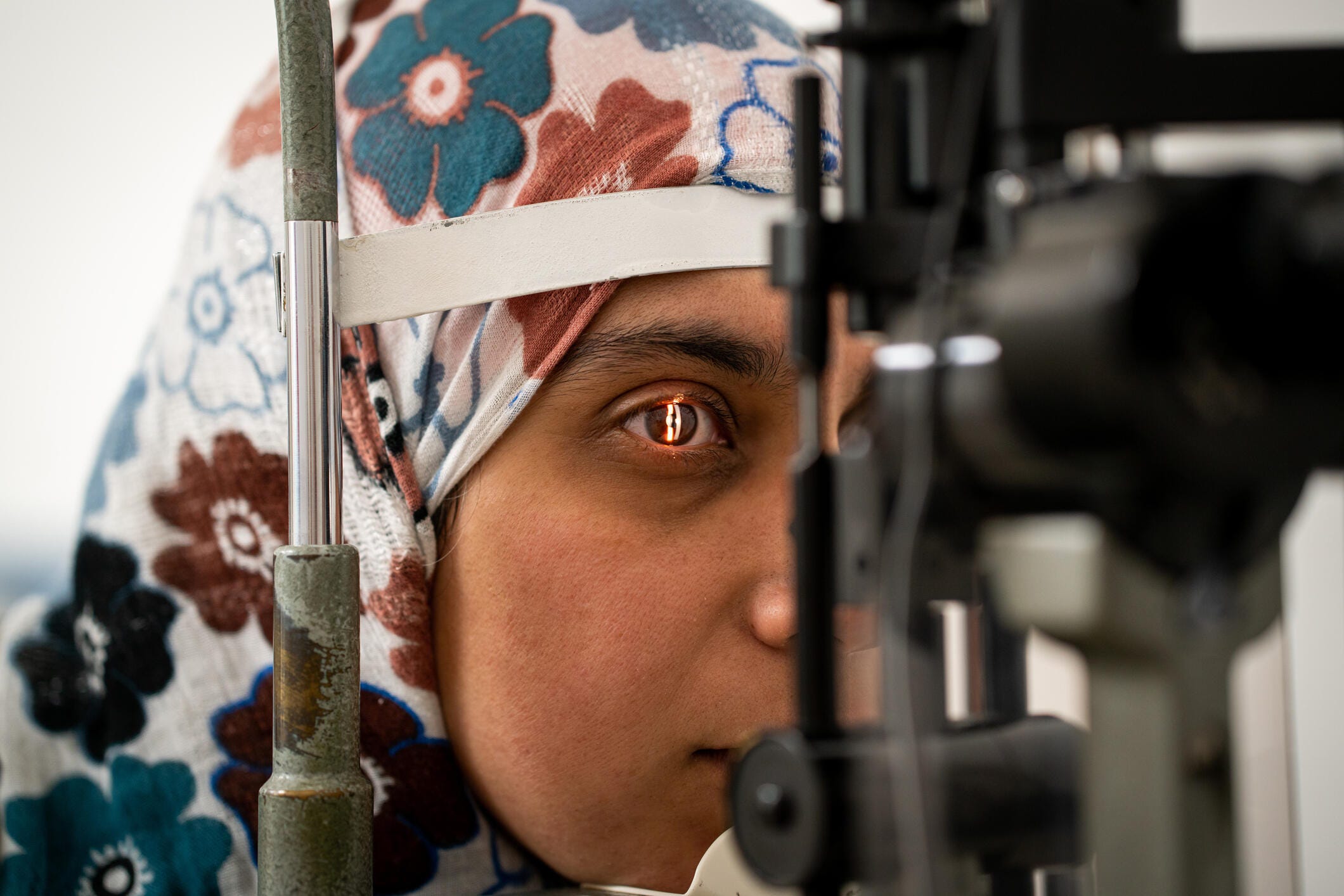
Understanding the Eye Exam Process
An eye exam is a crucial part of maintaining overall health and ensuring clear vision. Whether you experience dry, itchy eyes, blurred vision, or cataracts, or if you have perfect 20/20 vision, regular eye exams are essential for protecting your sight and detecting potential issues early. With increased screen time and lifestyle factors impacting eye health, it’s more important than ever to stay proactive about your eye care.
What Happens During an Eye Exam?
A comprehensive eye exam involves a series of tests designed to evaluate both the health and function of your eyes. These exams can last anywhere from 30 minutes to several hours, depending on the complexity of the tests and the specific needs of the patient. The cost of an eye exam varies, typically ranging from $10 to $40 for those with insurance and $50 to $250 for those without.
There are different types of eye exams, each serving a unique purpose:
- Comprehensive Eye Exam: A thorough evaluation of eye health and vision.
- Follow-Up Eye Exam: Conducted to monitor changes in eye health or vision after previous treatment or diagnosis.
- Vision Screening: Often performed at the DMV or school to test visual acuity and ensure safe driving or academic performance.
Key Tests Performed During an Eye Exam
During an eye exam, various tests are conducted to detect vision problems and underlying medical conditions such as heart disease and diabetes. According to Dr. Jennifer Wademan, an optometrist, the process includes three main components: pre-test screening, vision testing, and an eye health assessment.
The pre-test screening gathers information about your eyes, including any difficulties you may have with seeing your phone or driving at night. It also considers your general health, which can provide insights into conditions that may affect your eye health.
Diagnostic tests include measuring visual acuity, checking peripheral vision, and testing eye pressure, which helps screen for glaucoma. For individuals aged 60 and older, annual exams are recommended due to a higher risk of developing glaucoma.
Machines Used in Eye Exams
Eye doctors use specialized equipment to conduct these tests. Some of the common tools include:
- Phoropter: Determines the appropriate prescription for corrective lenses.
- Keratometer: Measures the curvature of the cornea.
- Ophthalmoscope: Allows the doctor to examine the inside of the eye, including the retina and optic nerve.
- Autorefractor: Measures refractive error and determines the prescription needed for eyeglasses or contact lenses.
- Tonometer: Measures intraocular pressure to screen for glaucoma.
- Visual Acuity Charts: Tests the clarity of vision at different distances.
- Slit Lamp Biomicroscope: Provides a detailed view of the front of the eye and its structures.
- Retinal Camera: Captures images of the retina for detailed examination.
How Often Should You Get an Eye Exam?
The frequency of eye exams depends on age. Adults under 64 generally require exams every two to three years, while those over 65 should consider annual visits to detect age-related conditions early. However, yearly exams for all adults can be beneficial. Even if someone has "good" vision, they should still undergo regular exams to monitor for changes in eye health.
Eye exams can also detect serious, "silent" problems such as dry eye, glaucoma, cataracts, and macular degeneration. These conditions may not present obvious symptoms but can require additional visits for monitoring and treatment.
What Is Evaluated During an Eye Exam?
During an eye exam, the following factors are evaluated:
- Medical History: Includes vision, health, family medical history, medications, and use of corrective lenses.
- Visual Acuity: How well you see at different distances.
- Prescription: Best eyeglass or contact lens prescription.
- Pupil Response: How your pupils react to light.
- Peripheral Vision: Side vision.
- Eye Movement: Eye alignment and muscle function.
- Eye Pressure: Intraocular pressure.
- Front of Eye: Condition of cornea, iris, lens, and eyelids.
- Retina and Optic Nerve: Signs of disease-related damage.
After an Eye Exam
After the exam, the doctor will review the results with you and discuss any prescriptions or treatment recommendations. Follow-up appointments may be necessary to monitor conditions, adjust prescriptions, or address newly detected issues. If eye dilation was performed, your pupils may remain enlarged for a few hours, causing sensitivity to light and blurry vision up close. It is advisable to wear sunglasses and avoid driving if you've had dilation.
Understanding Eye Care Professionals
It's important to understand the differences between various eye care professionals:
- Ophthalmologists: Medical doctors specializing in complex eye treatments, including surgeries for conditions like glaucoma and cataracts.
- Optometrists: Focus on comprehensive vision and primary eye health care, including prescribing corrective eyewear and managing eye conditions.
- Opticians: Help patients with glasses and contact lenses, including fitting, adjusting, and repairing frames.
Finding the Right Eye Doctor
To find the right eye care professional, consider asking family or friends for recommendations, requesting a referral from your primary care physician, using online directories, or contacting local hospitals. If you have vision insurance, check with your provider for a list of in-network doctors. It's also possible to find affordable eye exams without insurance or to get glasses without an exam.